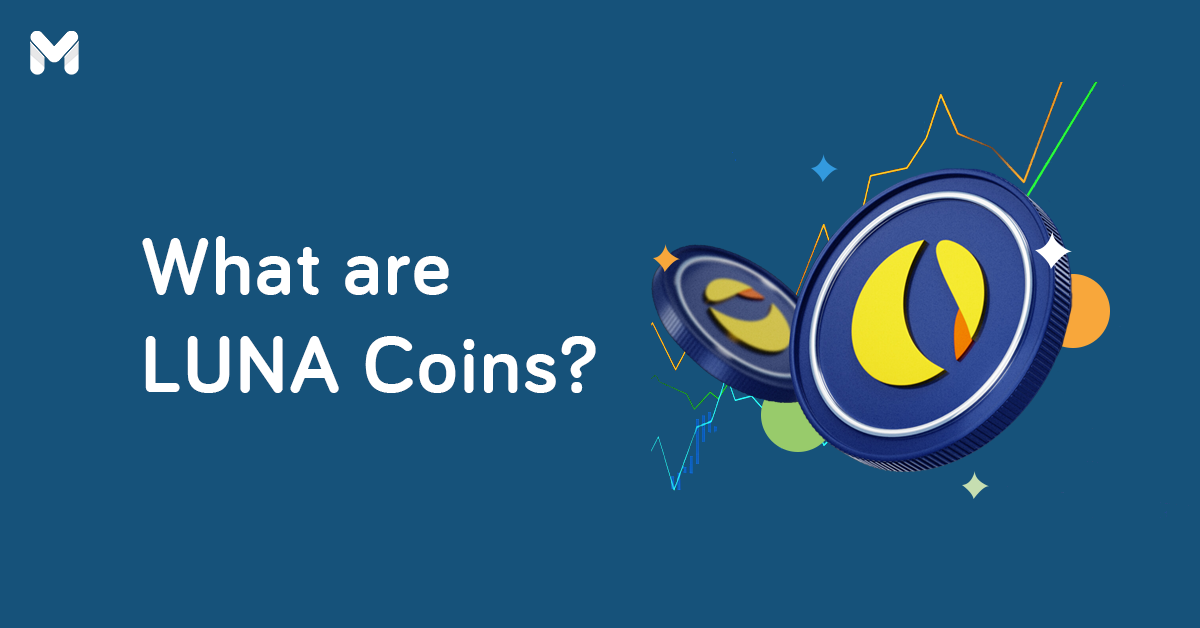Editor's note: This cryptocurrency basics guide, first published on Seedly,[1] was written by Saurav Bhatia, a Singapore-based banker who is into cryptocurrency investing.
🚨 Big Disclaimer: This is not investment advice. I'm not an investment advisor. These are my personal views and not those of my employer. This information on cryptocurrency basics is meant for educational purposes. Please do your own research before you decide to invest your hard-earned money. If you're unsure, seek help from a professional financial advisor.
If you're reading this and haven't signed up for my free 🔥 weekly newsletter on investment and crypto, join others by going to cryptoage.substack.com. Thank you. 🙏
Not everyone reading this article is expected to be a crypto enthusiast, so I will cover the cryptocurrency basics without getting technical. The two most common blockchain-based digital assets are Crypto Currency and Crypto Token. The biggest difference between the two is that cryptocurrencies have their own blockchains (e.g., Bitcoin, Ethereum, XRP), whereas crypto tokens are built on an existing blockchain (USDC, Uniswap).
Really! As if I'm expected to understand what that means. The answer is No! For most practical purposes, people use them interchangeably. I'll do the same in this article, so please don’t spam me as I don’t want to confuse the average reader (hopefully you).

When I started off, I thought Bitcoin was the only cryptocurrency. Till I started hearings all sorts of different names (Uniswap, Polkadot, Kusama). The journey for crypto started with Bitcoin in 2009—the first and largest cryptocurrency. Since then, thousands of cryptocurrencies have launched, flourished, and faded away into oblivion (in every crypto winter[2]).
💰 1. What is Cryptocurrency?
Cryptocurrency is often referred to as “digital money.” In line with this narrow definition, a cryptocurrency is a form of payment that can be exchanged digitally for goods and services, very similar to how we use Fiat currency (e.g., USD, SGD, etc.) today.
However, this cryptocurrency basics description is very myopic, as it fails to capture the essence of what makes cryptocurrencies unique and so appealing to investors.
🧠 At its core, cryptocurrency is a system of value that enables the following:
1. Making payments (Transactional Tokens) - This is the most common use of cryptocurrencies. Transactional tokens serve as a medium of exchange of goods and services, and they serve as units of account. These tokens often function like traditional currencies. But in some cases, they provide additional benefits, as in the case of Stablecoins, Bitcoin, and CBDC.
2. Ownership in the underlying Company or Blockchain Protocol (Security Token) - Just like we buy stocks of Apple, Google, or Coinbase (a recently listed crypto exchange in the US), we can buy tokens that represent ownership of an underlying company or protocol (ICO).
3. Currency used within an ecosystem or website (Utility Token) - Many companies have issued their own currencies, like chips in a casino, or loyalty points. These can be used for goods and services that the ecosystem provides. You’ll need to exchange real currency for the cryptocurrency to access the good or service, as in the case of Ethereum, Uniswap, and PancakeSwap.
4. Blockchain Platform tokens - These are tokens in blockchains that build distributed apps for their platform (e.g. Cardona, Solana, Polygon).
5. Voting Rights for Projects (Governance Tokens) - There are cryptocurrencies that represent voting power on a blockchain project. Holders of these tokens or coins stake these coins to exercise the rights to recommend proposals and vote on them.
6. Store of Value & Speculative Instrument - When investors buy a cryptocurrency, they're betting that the value of that asset or ecosystem will increase in the future, just as stock market investors buy securities when they believe the company will grow and share prices will increase.

Here's a more detailed list of token types by Technical Layer, Purpose, Underlying Value, Utility, and Legal Status:[3]
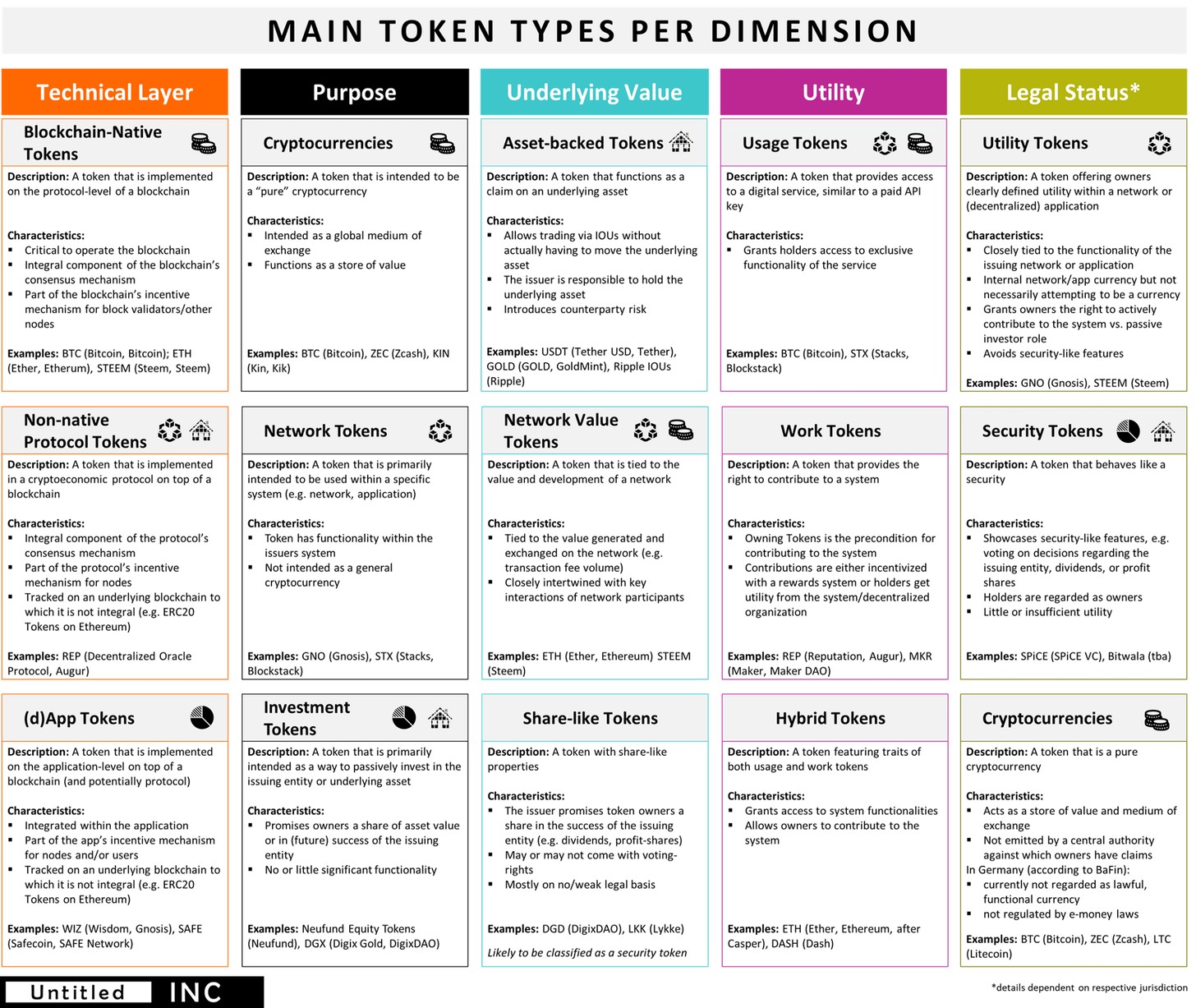
🛠 2. How Do Cryptocurrencies Work? (Through Blockchain, Obviously!)
Cryptocurrencies use a technology called the blockchain.[4]
What really is a blockchain? The term is thrown around in every conversation, yet its meaning and significance are often not really understood.
Blockchain is a digital ledger (database) of transactions. This ledger is copied across many participants in the network around the globe. No single person or computer controls the network. There is a decentralized network of participants and computers responsible for securing and keeping the network running.
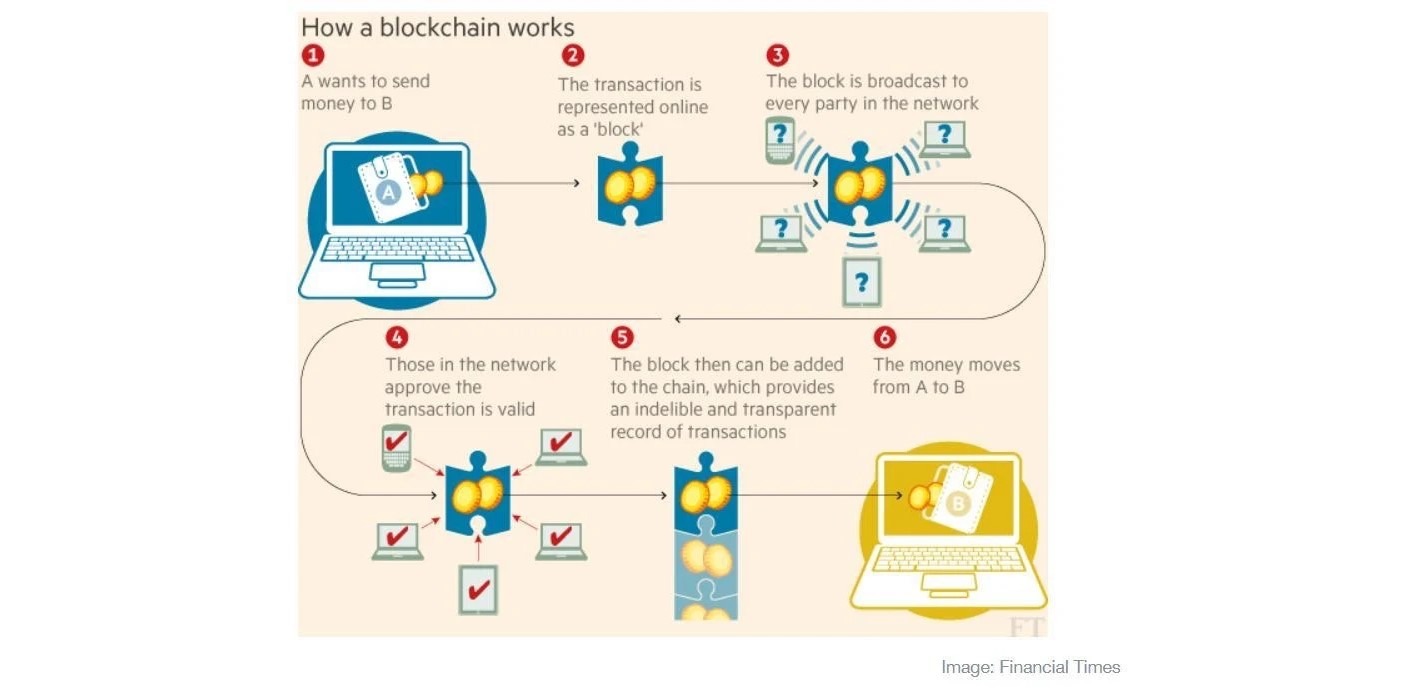
Cryptocurrency transactions are recorded in perpetuity on their specific blockchain.
- Groups of transactions are added to the "chain" in the form of "blocks." An important part of the appeal of this technology is the use of cryptography to secure the network and the data on it.
- Each block contains information about the transactions that have taken place and is connected to a chain of blocks, using a cryptographic key.
- The creators of the block ("accountants" or "miners") are incentivized to do so based on a fee charged for each transaction (from the "transactions") to be written on the blockchain.
🚀 3. So, How Big is This Market?
As of 24 July 2021, there are more than 11,000 different cryptocurrencies and tokens traded publicly (based on CoinMarketCap, a market-research company). The total market cap for cryptocurrencies is currently at USD 1.37 trillion—down from a high of USD 2.2 trillion.
Do checkout out coinmarketcap.com for more information.
🏆 3.1. List of Top 10 Cryptocurrencies
- Bitcoin ($631Bn)
- Ethereum ($240Bn)
- Tether ($61.8Bn)
- Binance ($50Bn)
- Cardano ($38.8Bn)
- XRP ($28Bn)
- USD Coin ($27Bn)
- Doge Coin ($25.2Bn)
- Polkadot ($13Bn)
- Binance USD ($11.6Bn)
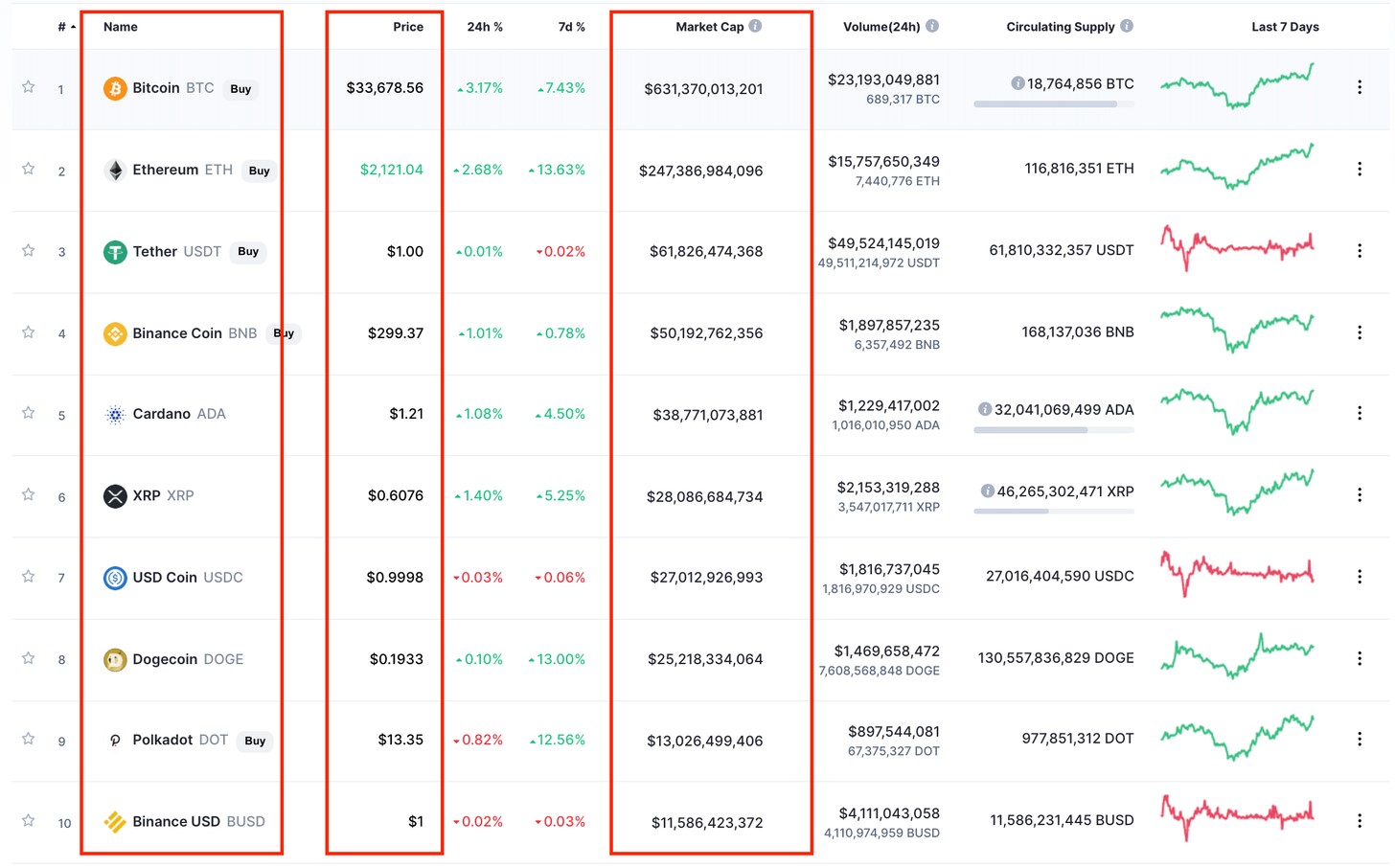
💁♀️ 3.2 CoinMarketCap has easy access to a lot of information about a token - e.g. Audius[5]
1. Rank based on market cap, helps get a sense of the size of the token
2,. Links to website, whitepaper, community, chat, etc.
3. Access to smart contracts on the blockchain network
4. Tags to easily understand more about the token. In this example, Music App, on Solana Ecosystem and part of Coinbase & Binance ventures portfolio.
5. Price, High, Low, Market cap
6. Lots of other information to help with analysis and stay up-to-date
**🌆 3.3 Categories of Cryptocurrencies
from Investinblockchain.com**
While this space is still evolving, it's helpful to categorize cryptocurrencies to help understand topics and comparables.
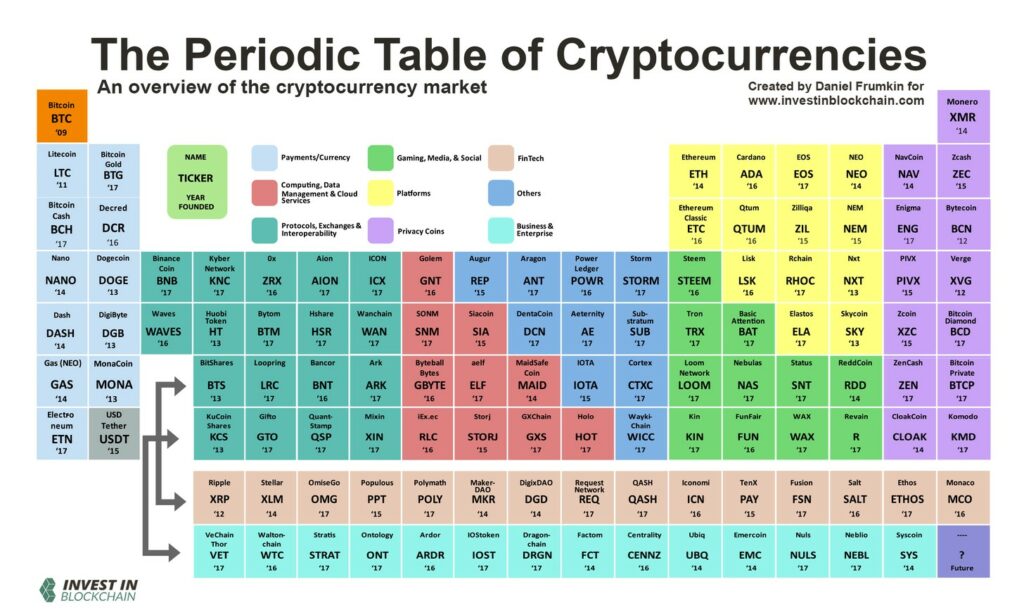
Periodic table from www.investinblockchain.com
- Currencies – Coins used primarily for payments and to store value.
- Protocols, Exchanges, and Interoperability – Projects building decentralized infrastructure to exchange cryptocurrencies and enable communication between different blockchains.
- Computing, Data Management & Cloud Services – Projects related to computing, data storage and security, and cloud services including file storage and cloud computing.
- Others – Projects that don’t fit into any of the other categories. These include prediction markets, oracles, betting platforms, and AI-related projects.
- Platforms – Smart contract and decentralized application (app) platforms.
- Gaming, Media, and Social Networking Platforms – Projects related to the gaming industry, online content publishing and distribution, and social media.
- Privacy Coins – Currencies with features to make transactions anonymous and/or untraceable.
- FinTech – Financial services and technology.
- Business/Enterprise – Platforms meant to help businesses improve efficiency, transparency, and security, among other things.
💵 4. How Can I Buy Them?
Given this article would be read around the world, this is not an easy question to answer. It depends on the country you live in, tax residency, your current bank’s restriction, the cryptocurrency you are looking to buy, etc.

1. Centralized Exchange: For someone new to crypto, it's best to start off with buying from a centralized exchange. This platform typically offers a mechanism for you to transfer Fiat money (the money you use every day) into Crypto (USDC, USDT). The mechanism available to fund your account (credit or debit card, PayPal, cash, bank transfer) would depend on the exchange you choose and the country you live in.
2. P2P on Centralized Exchange: Another interesting method that is increasing in use is P2P transactions via a centralized exchange (e.g. Binance). The Exchange connects buyers and sellers at a pre-agreed price. The seller’s crypto is locked by the exchange once the transaction is initiated and the buyer has ~5min to make the transfer using an agreed payment method available locally in their country. Once the receipt of the funds is confirmed, the exchange will transfer the crypto to the buyer.
3. Online Brokers: There is also a growing number of online brokers who have started offering crypto purchase options such as eToro, Tradestation, Sofi Active Investing, and Robinhood.
4. Hardware Software Wallet aND Decentralized Exchanges: While centralized exchanges are an easier way to make your first crypto purchase, eventually YOU should look to move to a self-managed wallet (software or hardware). Some exchanges also support their own wallets (e.g. Coinbase, Binance) but other popular software wallets include MetaMask and Trust.
5. Exposure via Funds and ETFs: If you're not wanting to buy the asset directly and simply want exposure to the assets class, there are a few options like Grayscale Bitcoin Trust.[6] Many Bitcoin, Ethereum, and Defi ETFs are pending approval in the US and Canada. These will make it easier for retail and institutional investors to get access to this asset class
This is a topic in itself. In a separate article, I will cover the pros and cons of various approaches.
🤑 5. Are They a Good Investment?
🚨 Go back up and read my disclaimer—I'm not an investment advisor, and this is not investment advice. This cryptocurrency basics article is simply for educational purposes. Also, before you buy anything, do your own research (DYOR). From where, you ask? Start with Google.
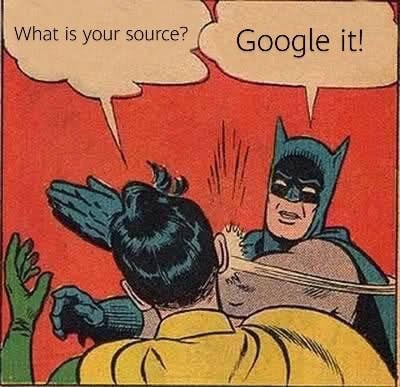
A few things to note:
1. Crypto assets are extremely volatile—be prepared for a roller-coaster ride.
2. Don’t buy all at once. Spread out your purchase, dollar cost average, or wait for dips to buy.
3. Don’t invest money you can’t afford to lose.
4. Diversify your holdings (in crypto and non-crypto).
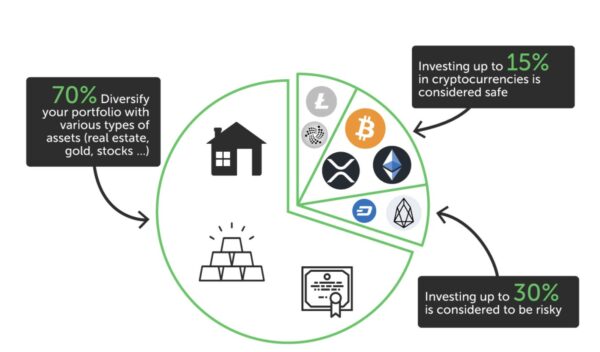
When investors buy a cryptocurrency, they're betting that the value of that asset will increase in the future, just as stock market investors buy securities when they believe the company will grow and share prices will increase.
Stock valuations boil down to discounted estimations of a company’s future cash flows. There is no comparable valuation metric for cryptocurrencies because the crypto assets represent many things (network effects).

The meme above is for all of those that Crypto in May 2021 and are waiting for their Uber in July 2021.
If you have not read it, do read my article Bitcoin Price - Scam or Real?,[7] as it explores various aspects to value the crypto asset.
Cryptocurrency valuations boil down to one of two factors: the likelihood of other investors buying the asset or the utility of the cryptocurrency’s blockchain.
Crypto investors buy a digital asset if they believe in the strength and utility of its underlying blockchain. All cryptocurrencies run on a blockchain, which means crypto investors are betting (whether they know it or not) on the resiliency and attractiveness of that blockchain.
Cryptocurrencies are still like the early days of the Wild West in the US. There is a lot of money being made, which attracts a lot of scammers. Please be cautious, do your research, and don’t get lured by get-rich-quick schemes.
Topics to explore for later articles on cryptocurrency basics:
- Is it legal to buy cryptocurrencies?
- Is crypto safe to buy?
- How do I protect my holdings?
Some of my earlier posts if you have not read them yet:
- 🚀 A new era of Central Bank Digital Currencies[8]
- Bitcoin Price - Scam or Real?[7]
- 10 Investing Lessons I Learned[9]
- 12 things I learned from Building Digital Ventures[10]
If you liked this article on cryptocurrency basics, do subscribe to my free weekly newsletter, cryptoage.substack.com, and share it with your friends, and give me feedback & comments. You can find me on Social Media Twitter (@sauravbhats) or LinkedIn (/sauravbhatia0).
Read more articles on cryptocurrency basics:
- Coins Pro Trading Basics: What You Should Know Before Buying Cryptocurrencies
- What You Need to Know Before Investing in Cryptocurrency in the Philippines
- Investments for Beginners: How to Find the Right Investment for You

Sources:
- [1] 5 Essentials for Cryptocurrencies: Get Started Now! (Bhatia, Seedly, 2021)
- [2] Are we heading for Crypto Winter 2.0? (Nagpal, LinkedIn, 2021)
- [3] The Token Classification Framework: A multi-dimensional tool for understanding and classifying crypto tokens (Euler, Untitled INC, 2018)
- [4] Blockchain Definition: What You Need to Know (Investopedia, 2021)
- [5] Audius price today (CoinMarketCap)
- [6] What Is the Grayscale Bitcoin Trust? (Investopedia, 2020)
- [7] Bitcoin Price - Scam or Real? (Bhatia, Cryptoage, 2021)
- [8] A new era of Central Bank Digital Currencies (Bhatia, Cryptoage, 2021)
- [9] 10 Investing Lessons I Learned (Bhatia, Cryptoage, 2021)
- [10] 12 things I learned from Building Digital Ventures (Bhatia, Cryptoage, 2021)
DISCLAIMER: Information published on this blog or elsewhere on www.moneymax.ph should be used for general information purposes only and does not constitute investment advice, performance data or any solicitation or recommendation that any security, investment product, transaction or investment strategy is suitable for any specific person. This material does not take into account your financial situation, risk tolerance level, investment experience or objectives; all of which are unique to you. Before acting on information on this blog, we suggest consulting an independent professional to advise you on the risks of any decision and the extent of any exposure to loss.









